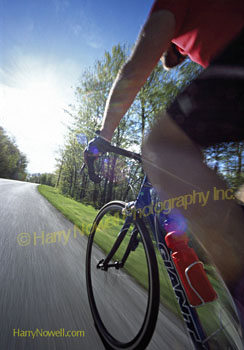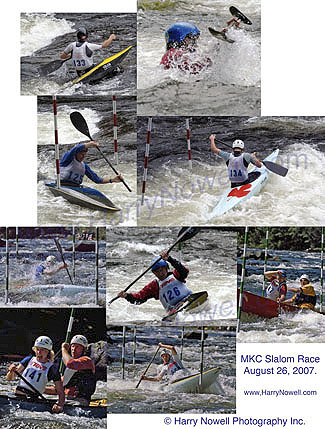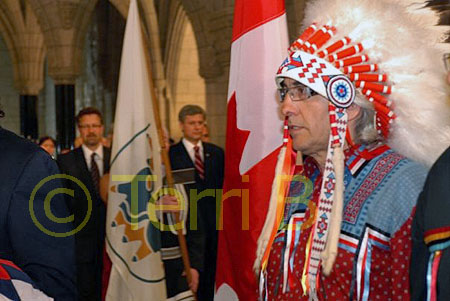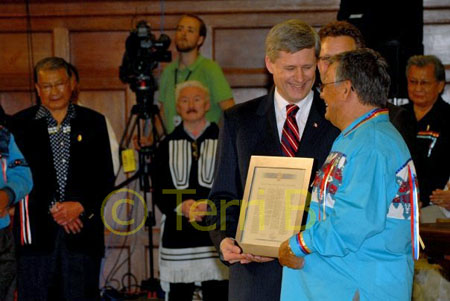First – thanks for all the birthday wishes!
Now down to business – here in Canada our copyright laws related to photography are well out of sync compared to most of the rest of the developed world.
You see, by default in Canada, a customer automatically receives copyright of your commissioned photo work once they provide payment. Unless it is specifically written otherwise you lose control over your work once the customer pays. As a photographer, copyright is the most valuable asset we have.
In most of the rest of the developed world the photographer, by default, retains their copyright unless otherwise stated.
It’s a small but important distinction. Currently if someone hires you to take a photo you have NO rights to those pictures once they pay unless it is clearly agreed you, the creator, retain copyright of the work. This means:
- you CANNOT show any family portraits you took in your portfolio (online or paper) without permission.
- you CANNOT re-license imagery (ie earn money) from a magazine assignment down the road – all your work is pinned to that one small sale.
- you have no rights to your commissioned creative produce.
“So?! The photos belong to the client – they paid for them? Right?” Other creative producers in the world – musicians, writers, illustrators – retain their copyright by default. Without copyright there is little incentive to remain in business. Without incentive there will be fewer talented photographers and less available working photographers.
There are many myths around copyright and photography in Canada:
- Usage: copyright and usage are separate entities – the photographer can retain copyright while offering the client ample usage of the photos.
- Privacy: copyright does not mean a photographer can use photos of a person without permission. Model releases are often needed to show photos of people.
Currently, copyright reform is underway in Canada: CAPIC recently trumpeted:
“COPYRIGHT REFORMS MOVE FORWARD!
Toronto, June 12, 2008 – Andre Cornellier, CAPIC Copyright Chair, reports from Ottawa that the Government of Canada included photographers in Bill C-61, An Act to amend the Copyright Act, which had its first reading in the House of Commons today.
For over 12 years CAPIC and PPOC (Professional Photographers of Canada) have worked together as the Canadian Photographers Coalition to have Section 13(2) of the Copyright Act removed. This section treated photographers differently from all other Canadian creators when photographers produced commissioned work (assignments) for third parties.
In Bill C-61, introduced today, Section 13(2) is repealed. CAPIC is pleased that the Government of Canada has listened to our concerns and introduced the appropriate legislation to deal with those concerns.
What Happens Next?
The Bill will have a Second Reading and then be referred to Committee. After hearing from interested parties, the Committee will report back to Parliament with recommendations for the wording of the final Bill. If the Bill passes Third Reading it will be forwarded to the Senate where the same procedure will be repeated. Upon approval by the Senate the Bill is signed by the Governor General and proclaimed.”
That’s good news for photographers – but it’s not complete yet…
For more copyright info check CAPIC’s copyright page.
That’s a heavy topic. But, please, learn about your specific copyright laws. They’re important!
Harry











